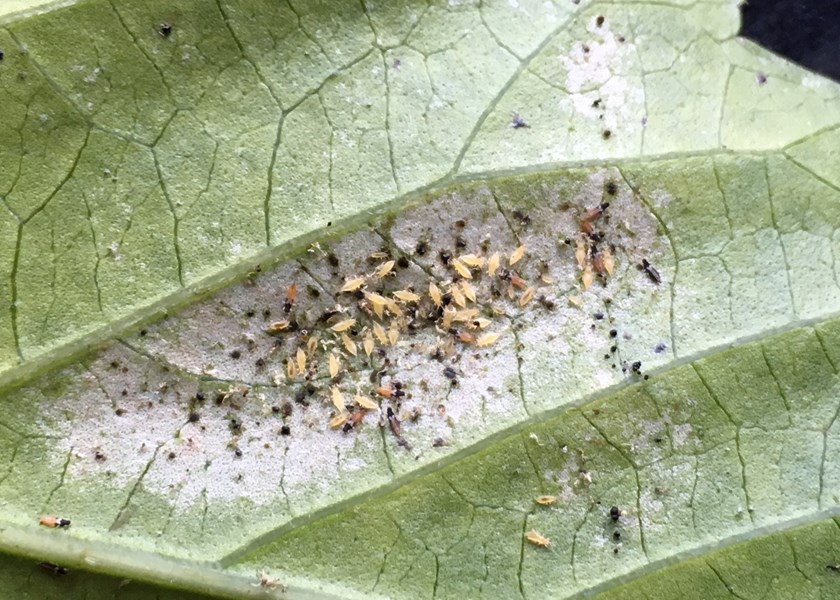Controlling thrips in your garden or on your plants without using chemicals can be achieved through a combination of preventive measures and organic pest management techniques. Thrips are tiny insects that can damage a wide range of plants, including flowers, fruits, and vegetables. Here’s how to effectively control thrips without resorting to chemical pesticides:
1. Plant Selection:
- Start by choosing thrips-resistant plant varieties when possible. Some plants are naturally less susceptible to thrips infestations.
2. Healthy Plants:
- Maintain healthy plants through proper care, including regular watering, adequate nutrition, and appropriate spacing to minimize stress on the plants. Healthy plants are better able to withstand and recover from thrips damage.
3. Remove Infested Plant Parts:
- Prune and remove any plant parts that show signs of thrips infestation, such as discolored or damaged leaves and flowers. Dispose of the affected plant material away from your garden.
4. Reflective Mulch:
- Consider using reflective mulch to disorient and deter thrips. Reflective surfaces, like silver-colored mulch, can make it challenging for thrips to locate their host plants.
5. Row Covers:
- Use row covers to protect your plants from thrips and other insect pests. These lightweight, permeable covers allow sunlight and water to reach your plants while keeping pests out.
6. Beneficial Insects:
- Introduce natural predators of thrips, such as predatory mites and ladybugs, to your garden. These beneficial insects can help keep thrips populations in check.
7. Trap Crops:
- Plant trap crops, such as marigolds or sunflowers, near your vulnerable plants. Thrips are often attracted to these trap crops and can be managed more easily.
8. Neem Oil:
- Neem oil is a natural insecticide derived from the neem tree. It can be used to control thrips by disrupting their feeding and reproduction. Follow the product instructions for application.
9. Insecticidal Soap:
- Insecticidal soaps are low-toxicity options for controlling thrips. They work by breaking down the thrips’ outer protective coating. Apply the soap to affected plants according to the label instructions.
10. Homemade Sprays:
- You can make your own organic sprays to deter thrips. A mixture of water, dish soap, and a few drops of vegetable oil can be effective. Spray this mixture on plants to suffocate and deter thrips. Test on a small area first to ensure it doesn’t harm your plants.
11. Sticky Traps:
- Place yellow or blue sticky traps near your plants. Thrips are attracted to these colors and will become stuck on the traps.
12. Regular Inspection:
- Inspect your plants regularly for thrips and their damage. Early detection allows for timely intervention.
13. Companion Planting:
- Certain companion plants like garlic, chives, and onions may help deter thrips when planted near susceptible plants.
By implementing these non-chemical methods, you can effectively manage thrips in your garden while promoting a healthy and pest-resistant environment for your plants. Keep in mind that consistency and early intervention are key to successful thrips control.


